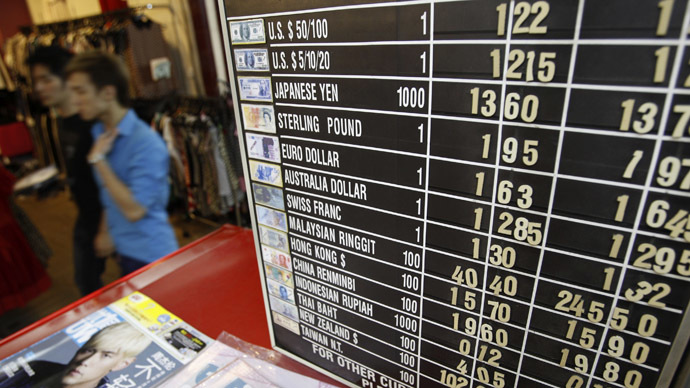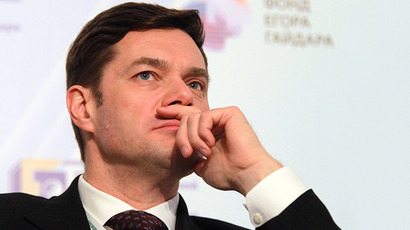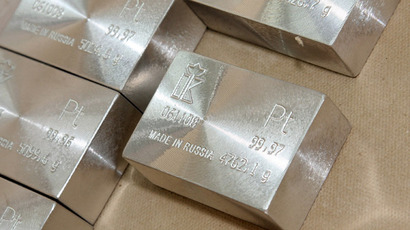What’s worse than $6bn Libor fallout? Currency rigging, says top German regulator

Germany’s Bafin is the first financial regulator to comment on the Libor rate manipulation scandal which led to $6 billion in fines. President Elke Koenig said manipulating the $5.3 trillion-a-day foreign exchange market is just as bad.
Tampering with currency and precious metals markets is “particularly serious, because such reference values are based - unlike Libor and Euribor - typically on transactions in liquid markets and not on estimates by the banks,” Elke Koenig, the president of Bafin, said in a speech in Frankfurt Wednesday.
Following the Libor-rate scandal, bank practices in setting benchmark currency rates are under intense scrutiny. Salespeople are being accused of fixing special rates for customers with “big orders” over $200 million.
Germany’s biggest bank, Deutsche Bank, has already dismissed currency traders over probes involving alleged forex manipulation.
The investigation kicked off last April when the UK’s Financial Conduct Authority started looking into the forex trading practices of Deutsche Bank, Barclays, Citigroup, Goldman Sachs, HSBC, JPMorgan, Morgan Stanley, Royal Bank of Scotland, Standard Chartered, and UBS. Six other regulators are helping with the worldwide investigation.
“Before Libor, people thought benchmarks could be trusted. Now there’s a presumption that there’s a risk of manipulation. Perhaps manipulation is not the exception but the rule,” Joaquin Almunia, the European Union competition commissioner said, as quoted The Financial Times.
Between 2005-2010, banks manipulated the Libor interbank lending rate by setting it low against the dollar in order to mask their financial problems and look better in the market. It is the world's most widely used benchmark for short-term interest rates in the interbank market, and is tied to over $300 trillion in loans, securities, and derivatives.
Libor manipulation has raised questions over other lending rates like the Euribor, WM/Reuters, and the Platts oil benchmark.
Lending institutions have been issued over $6 billion in fines for their manipulation of the Libor rate, which may transfer supervisory hands, possibly to France or an agency like Reuters or Bloomberg.
Barclays, UBS and Royal Bank of Scotland were fined a total of $2.6 billion for manipulating rates.
The European Commission issued record fines of 1.7 billion euro on Citigroup, Deutsche Bank, Royal Bank of Scotland, JPMorgan, Societe Generale, and RP Martin.
Other major banks- Bank of America, Bank of Tokyo, Credit Suisse, and Lloyds Banking are under investigation.
Bank of America, Bank of Tokyo Mitsubishi UFJ, Credit Suisse, Lloyds Banking Group, Rabobank, Royal Bank of Canada, Societe Generale, Norinchukin Bank and West LB have received subpoenas from the US Attorney General over the Libor rigging case.














